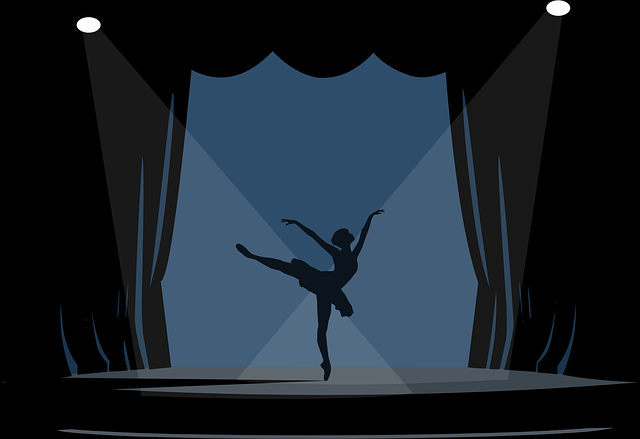Neoclassical Ballet: A Fusion of Tradition, Innovation, and Freedom
Neoclassical ballet, a captivating dance form that blends the elegance of tradition with the spirit of innovation, has taken the world of performing arts by storm. This unique genre not only pays homage to the classical techniques of ballet but also embraces the freedom to experiment and push artistic boundaries. In this article, we will delve into the captivating world of neoclassical ballet, exploring how it harmoniously marries tradition, innovation, and freedom.
The Evolution of Neoclassical Ballet: Neoclassical ballet emerged as a response to the strict structures of classical ballet. While classical ballet focuses on intricate movements and storytelling, neoclassical ballet evolved to emphasize pure movement and technique. Choreographers like George Balanchine and Frederick Ashton were at the forefront of this evolution, creating works that highlighted the dancers' athleticism and versatility. Neoclassical ballet retained the grace and precision of classical ballet but allowed for a more liberated and experimental approach to choreography.
Fusion of Tradition and Innovation: Neoclassical ballet strikes a harmonious balance between tradition and innovation. Dancers pay homage to classical techniques by mastering the art of turnout, pointed toes, and graceful arm movements. However, what sets neoclassical ballet apart is its willingness to incorporate contemporary movements and ideas. This fusion creates a dynamic and visually captivating experience for the audience, as dancers seamlessly transition from classical poses to modern, expressive movements.
The Role of Freedom: Freedom is at the heart of neoclassical ballet. Choreographers and dancers are encouraged to break away from the constraints of rigid storytelling and explore their artistic voices. This sense of freedom allows dancers to interpret movements in a way that resonates with their emotions, creating a deeply personal connection between the performer and the audience. Neoclassical ballet performances are marked by a sense of spontaneity, where dancers can inject their unique energy and style into each routine.
Collaboration and Creativity: Neoclassical ballet thrives on collaboration between choreographers, dancers, composers, and designers. This collaborative spirit allows for the creation of multidimensional performances that combine movement, music, and visuals. Composers often craft contemporary scores that complement the fusion of tradition and innovation in the choreography. The result is a symphony of artistic elements that come together to tell a compelling story through movement.
Expressive Storytelling: While neoclassical ballet may prioritize movement over traditional narrative, it doesn't shy away from storytelling. Instead, it embraces a more abstract form of storytelling, allowing audiences to interpret the emotions and themes presented on stage. Dancers convey feelings and ideas through their movements, creating a visual language that transcends words. This approach encourages audience members to engage their imagination and connect with the performance on a deeper level.
Breaking Boundaries: Neoclassical ballet continues to break boundaries and challenge conventions. Dancers are encouraged to explore unconventional movements and experiment with new ways of expressing themselves. This constant innovation keeps the genre relevant and captivating for audiences of all generations. As choreographers and dancers push the limits of what is possible, they inspire others to embrace their creativity and embrace the beauty of pushing artistic boundaries.
Conclusion: Neoclassical ballet stands as a testament to the indelible evolution of dance. By fusing tradition, innovation, and freedom, this genre has revolutionized the world of performing arts. It is a dance form that honors its classical roots while paving the way for new possibilities. As we witness the graceful movements and expressive storytelling of neoclassical ballet, we are reminded that art is ever-evolving, and its beauty lies in its ability to adapt and inspire.



